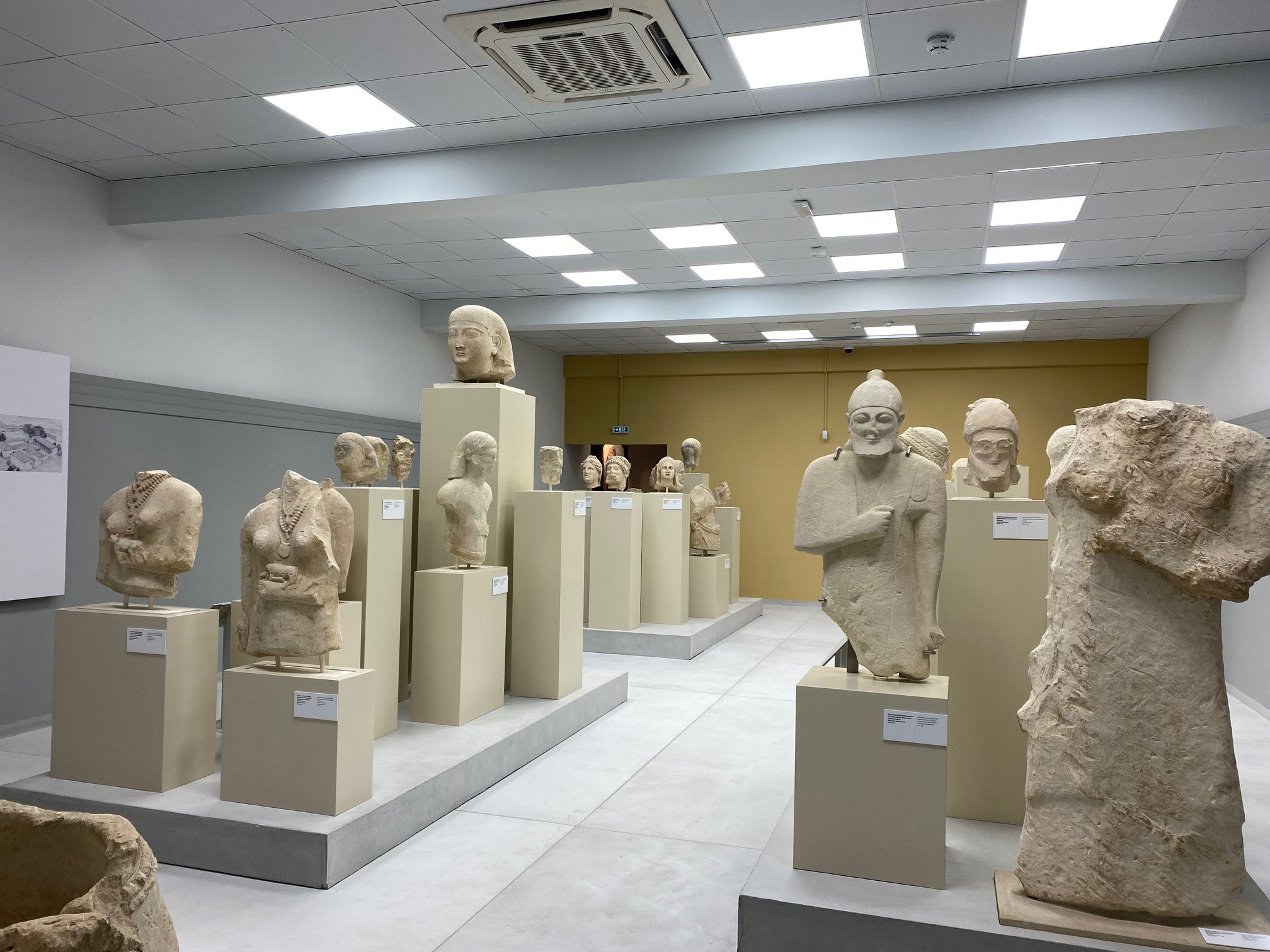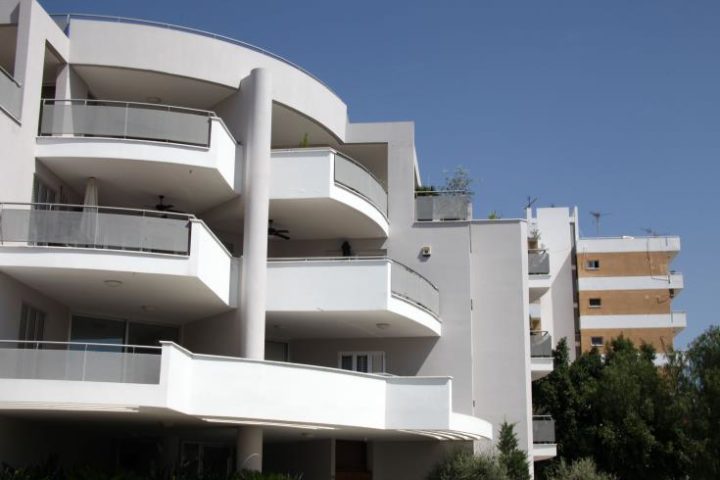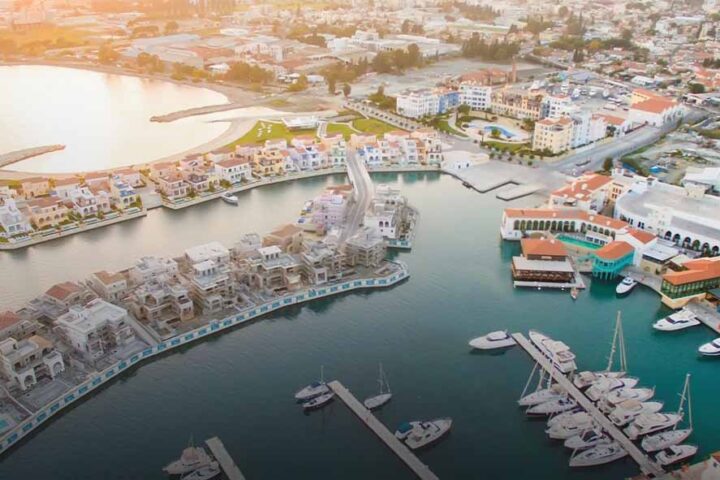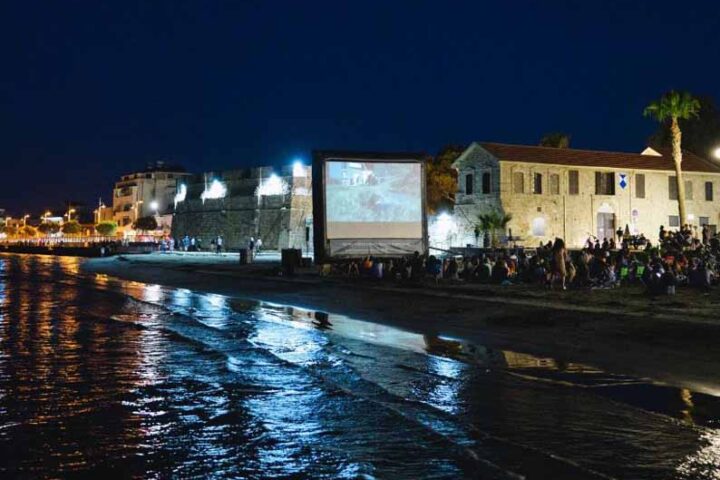Communications Minister Yiannis Karousos described as significant the reopening Wednesday after five years of closure of the newly upgraded and renovated Archaeological Museum of Larnaca.
Speaking during the opening ceremony, he said it is an important day for the town and the island’s cultural heritage.
The museum has been renovated and upgraded, offering visitors a unique experience, free admission, and open during the weekends.
The museum was ready to reopen in 2020, but with only one wing renovated.
For this reason, a decision was taken to carry out a complete renovation, making it also accessible for people with disabilities and complete with all infrastructure and services that modern museums have.
He urged local authorities in Larnaca to work to increase the number of people visiting the Larnaca Museum.
All exhibits in the museum have been unearthed in the Larnaca district, depicting the area’s archaeological history and wealth.
Larnaca Mayor Andreas Vyras said it was an important day for the city as its museum reopens after many years.
“Larnaca hides a historical and archaeological wealth which the museum now reflects.”
Vyras said that in cooperation with the Ministry and other Larnaca authorities, they are developing important activities such as unifying Larnaca’s archaeological sites. Tenders will be announced soon for this reason.
He also said that funds had been secured by the EU structured Funds to promote the town’s antiquities.
At the same time, together with the competent state bodies, they will work to find solutions to promote the wealth and history of the Larnaca district.
Larnaca Tourism Development (ETAP) President Dinos Lefkaritis said: “At last the museum has opened”.
The Archaeological Museum is located near the centre of town.
Inaugurated in 1969, it originally consisted of two exhibition rooms.
In 1987 and 1988, the museum was enriched with new rooms and finds.
Today it consists of four galleries where the disposition of objects follows a chronological succession so the visitor may have a complete picture of the historical development of the city of Kition and the District of Larnaca in general.










